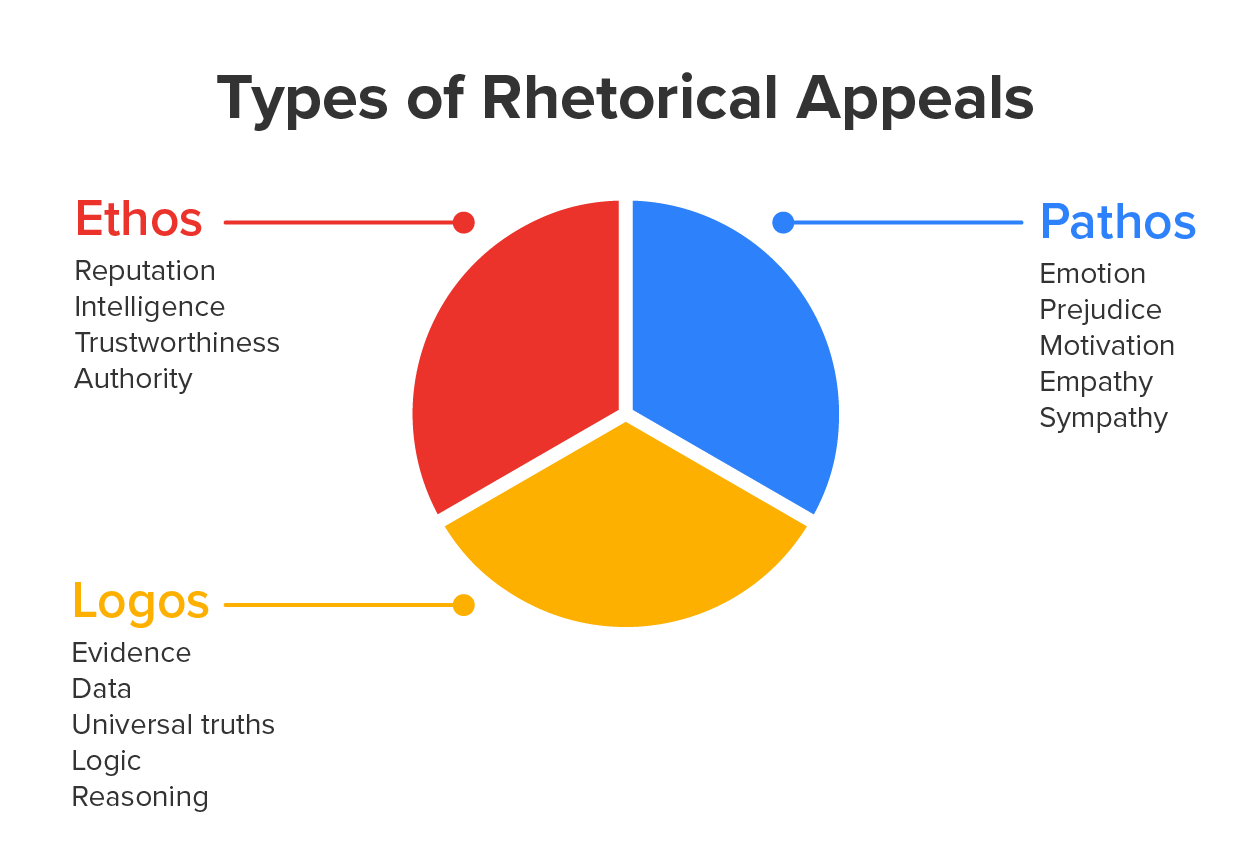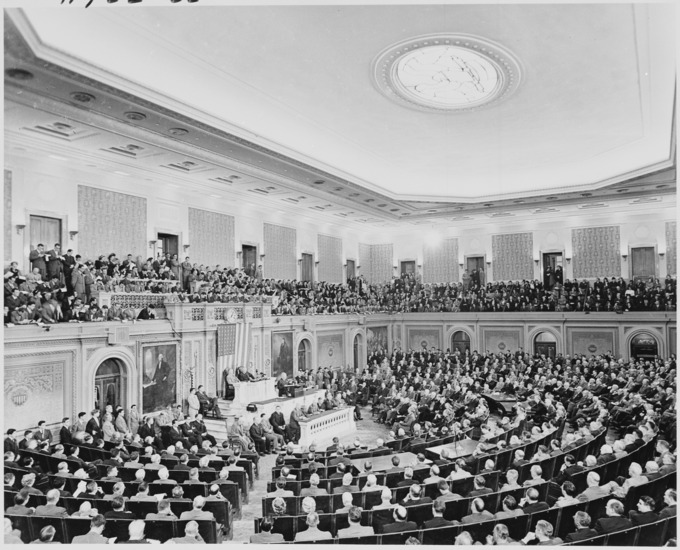Table of Contents |
The purpose of an informative speech is to provide knowledge to an audience on a specific topic. The core of an informative speech is the type of information being communicated by the speaker. For an informative speech to be effective, the speaker has to understand the current knowledge level of the audience they are addressing.
There are four categories of topics: objects, processes, events, and concepts. The following table summarizes these categories.
Types of Informative Speeches
| Type | Purpose | Example Topics |
|---|---|---|
| Object | To inform an audience about something visible or tangible. |
|
| Process | To explain a series of actions or steps with a defined ending point. |
|
| Event | To discuss or describe an occurrence of importance. |
|
| Concept | To discuss or explain an abstract idea or notion. |
|
For the purposes of this type of informative speech, anything that is visible and tangible is considered an object. Whether your object is the human body or the most recent episode of Family Guy, informative object speeches provide a comprehensive overview of your object as a topic.
Object speeches seek to impart knowledge about this object to the audience. Object speeches must have a purpose. It's one thing to spout off facts about an object; there must be an underlying structure or argument for those facts. Using our previous examples, a speaker may discuss the complex, myriad ways in which the endocrine system functions and how it regulates metabolism; similarly, a speaker may describe how Family Guy serves as a modern form of satire in pop culture.
A process is a series of actions or steps with a defined ending point. An informative speech about a process describes each of these actions or steps in detail.
For example, a speech about a process could describe how the modern electoral college works or how an ice cream sandwich is made on the factory line. Informative process speeches work to help your audience both understand the process and possibly be able to replicate the process for themselves.
An event is an occurrence of importance. A speech about an event, then, describes the occurrence in full: the time, date, location, and circumstances of that occurrence. The event discussed in such a speech can be personal, historical, or even fictional.
Like all informative speeches, event speeches must also serve a purpose. For example, a speaker may talk about how the Battles of Lexington and Concord came to be known as the "shot heard 'round the world," or describe the experience of a person’s first week at college. In either case, a speech about an event must have a purpose.
A concept is an abstract idea or notion. A speech about a concept discusses such an abstract understanding from the speaker’s experience, reasoning, or imagination.
Whether discussing the theory of the origins of the universe or debating if there's any truth to the phrase "love at first sight," concept speeches break down complex ideas into manageable chunks of understanding for your audience.
When speaking about concepts, you may have to find concrete ideas to make abstract ideas more relatable and tangible to your audience. For example, a speaker discussing the origins of the universe may want to use a physical model or other visual aid to help the audience understand.
A narrowly focused speech topic can really hone in on an object, process, event, or concept, thus making it easier for the audience to understand that topic. A broadly chosen topic usually entails lots of different kinds of information, which might complicate the informative quality of a speech and confuse the audience. A narrowed focus also makes research more manageable for the speechwriter and increases their ability to understand that topic thoroughly before presenting it to others.
When writing an informative speech, pick out a few key points on your specific topic that you want the audience to take away from your speech. Use these points to develop an organizational structure for your speech, including an introduction, body, and conclusion.
This structure will provide a trajectory that guides your audience as you elaborate on the key points of information. Having a structure gives you, as the speaker, an opportunity to introduce the key points in the introduction and revisit them in the conclusion, increasing the likelihood that the audience will walk away with the key knowledge about your topic.


The purpose of a persuasive speech is to convince the audience to adopt the speaker's perspective on a given topic. The core of a persuasive speech is a speaker’s use of pathos to appeal to the audience's feelings and emotions.
For the pathos used in a persuasive speech to be effective, the speaker has to understand the audience they are addressing. To be convincing, the speaker has to consider the audience's behavioral motivations and foundational beliefs. Showing empathy for the audience is crucial. Drawing parallels between one’s own experience and what the audience knows to be true reduces the distance between the speaker and the audience, making a speech much more persuasive.
In addition to pathos, persuasive speeches utilize ethos and logos. An appeal to ethos is used to show the character or authority of the speaker and make them appear more credible. For the audience to be persuaded, they must feel that the speaker is credible and worth listening to. An appeal to logos requires the speaker to use logic and support their claims with convincing evidence. Establishing one’s ethos and using logos to persuade an audience demonstrates that the speaker is knowledgeable about a topic and convinces the audience to adopt the speaker’s views.

The following table provides a summary of ethos, pathos, and logos.
Rhetorical Appeals: Ethos, Pathos, and Logos
| Type of Appeal | Purpose | Examples |
|---|---|---|
| Ethos | To appeal to an audience by establishing one’s credibility or authority on a topic. | Share professional qualifications, research, or publications relating to your topic to create confidence in you as a speaker. |
| Pathos | To appeal to an audience by influencing their emotions. | Create empathy by sharing stories, showing pictures, or using analogies to illustrate a need or an impact. |
| Logos | To appeal to an audience using logic, reasoning, or evidence that supports a claim. | Provide data, statistics, charts, and tables to support your point. |
Informative speeches describe knowledge about a particular event, process, object, or concept. The goal of an informative speech is for the audience to comprehend this knowledge fully. Persuasive speeches seek to have the audience share a belief or feeling about a particular event, process, object, or concept.
When choosing between writing an informative or persuasive speech, the speaker should consider the purpose of the speech. Is it to share information about a particular event, topic, or subject? Or is it to persuade the audience to hold a particular belief or attitude about said event, topic, or issue?
The focus of the thesis, or the main argument of the speech, often dictates whether the speech will be mainly informative or persuasive. However, remember that some speeches will combine both types of speech.
EXAMPLE
Imagine a topic that could fall into either category, such as reproductive choice. An informative speech may track the history of reproductive choice in America. A persuasive speech may discuss the pros and cons of Roe v. Wade or how some groups feel that reproductive choice is threatened. In the latter instance, using examples from history may bolster that argument. As noted above, all persuasive speeches will be informational, but not all may be persuasive.Fully understanding the informative or persuasive purpose of the speech will help the speaker determine what rhetorical strategies to use to achieve their goal. If the objective is simply to provide information, then the speech will likely rely less on pathos and more on evidence, statistical data, charts, and graphs. Suppose the purpose is to have the audience believe or feel a certain way about the subject. In that case, the speaker will tailor the evidence and specific data with appeals to emotion to lead the audience to the desired point of view.
When writing a speech, consider the intended audience that will be addressed; never underestimate the importance of knowing the audience. For example, when giving an informative speech, the speaker must consider the audience's familiarity with technical terms and what ethos, pathos, or logos they may want to use.
Some audiences will respond to certain appeals to emotion, logic, or authority, while the speaker’s effort might turn others off. Therefore, always consider the specifics of your audience (age, occupation, beliefs, motivations, etc.) and use these specifics to inform the form and content of the speech.
IN CONTEXT
The State of the Union is a good example of a speech that contains elements of informative and persuasive speeches. In the State of the Union, the President of the United States is supposed to inform the members of Congress on the state of the union. Therefore, it commonly contains specific information (for example, the number of jobs created in a certain time period).
However, the State of the Union also contains heavy pathos that is intended to make citizens feel confident about the President's handling of the nation and hopeful about the future. The President will spin data and use emotional appeals to make their case to the American people. This specific speech makes it clear that a speech can combine the features of informative and persuasive speeches.

Source: THIS TUTORIAL HAS BEEN ADAPTED FROM "BOUNDLESS COMMUNICATIONS" PROVIDED BY BOUNDLESS.COM. ACCESS FOR FREE AT oer commons. LICENSE: CREATIVE COMMONS ATTRIBUTION-SHAREALIKE 4.0 INTERNATIONAL.